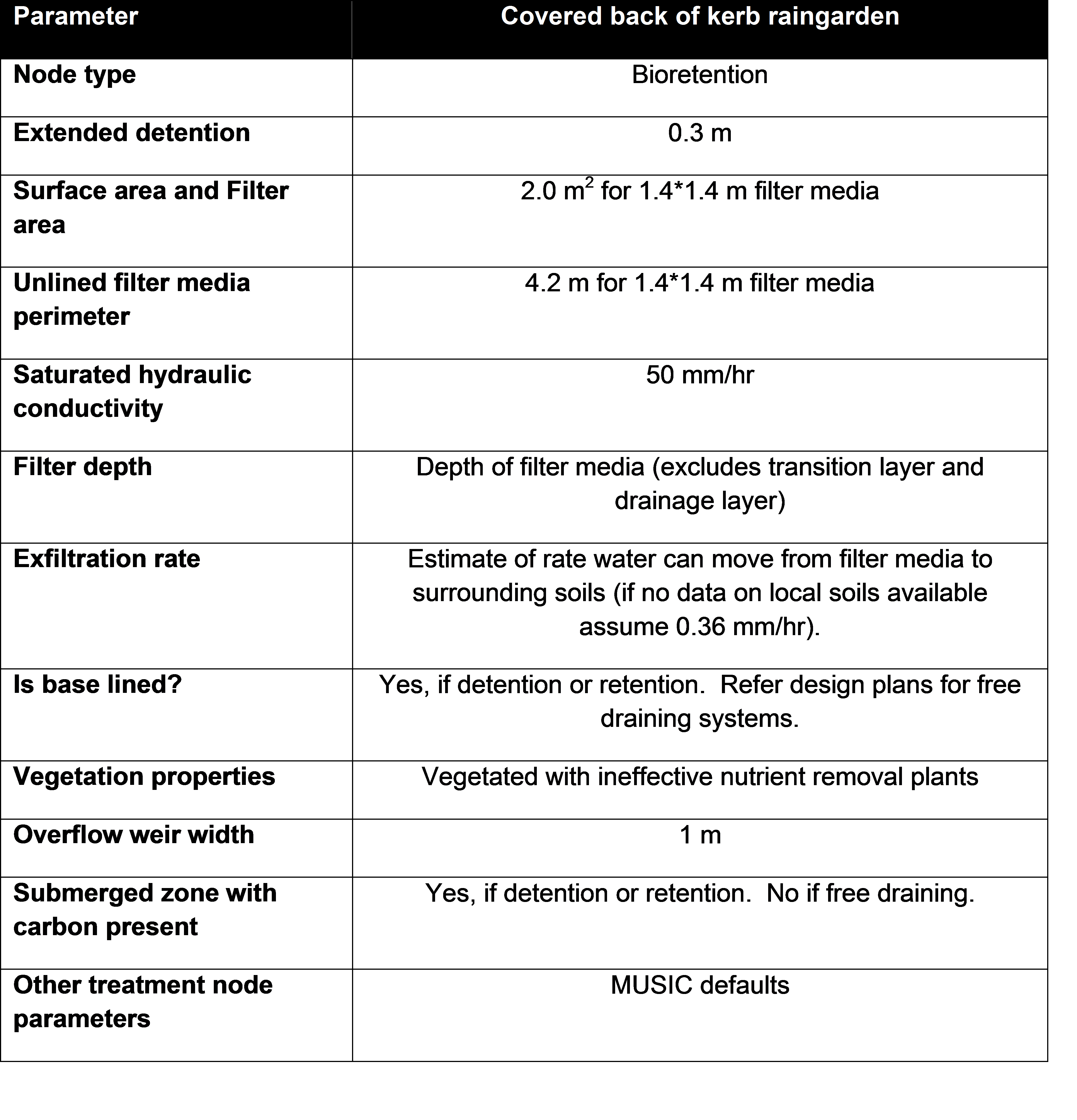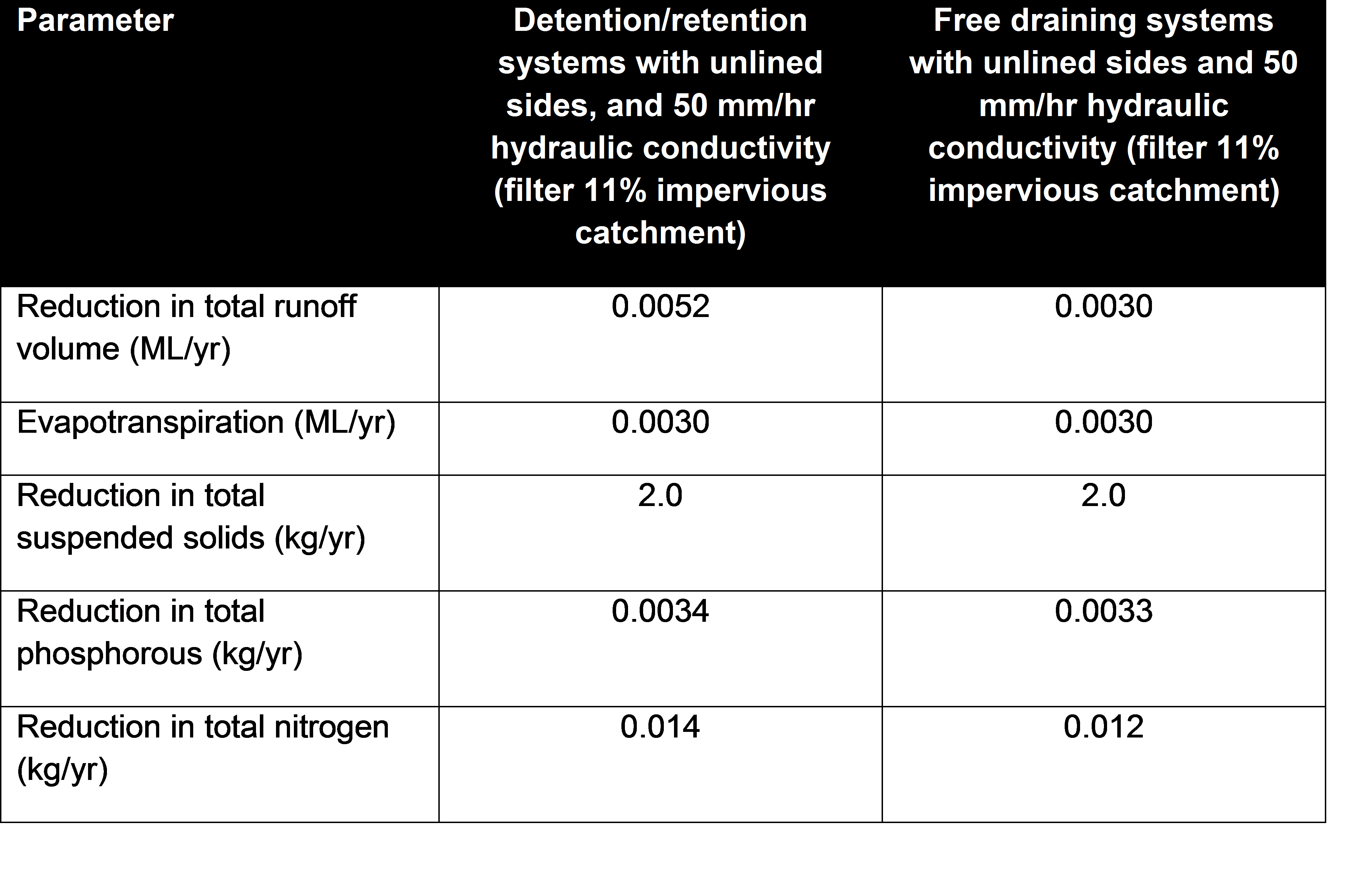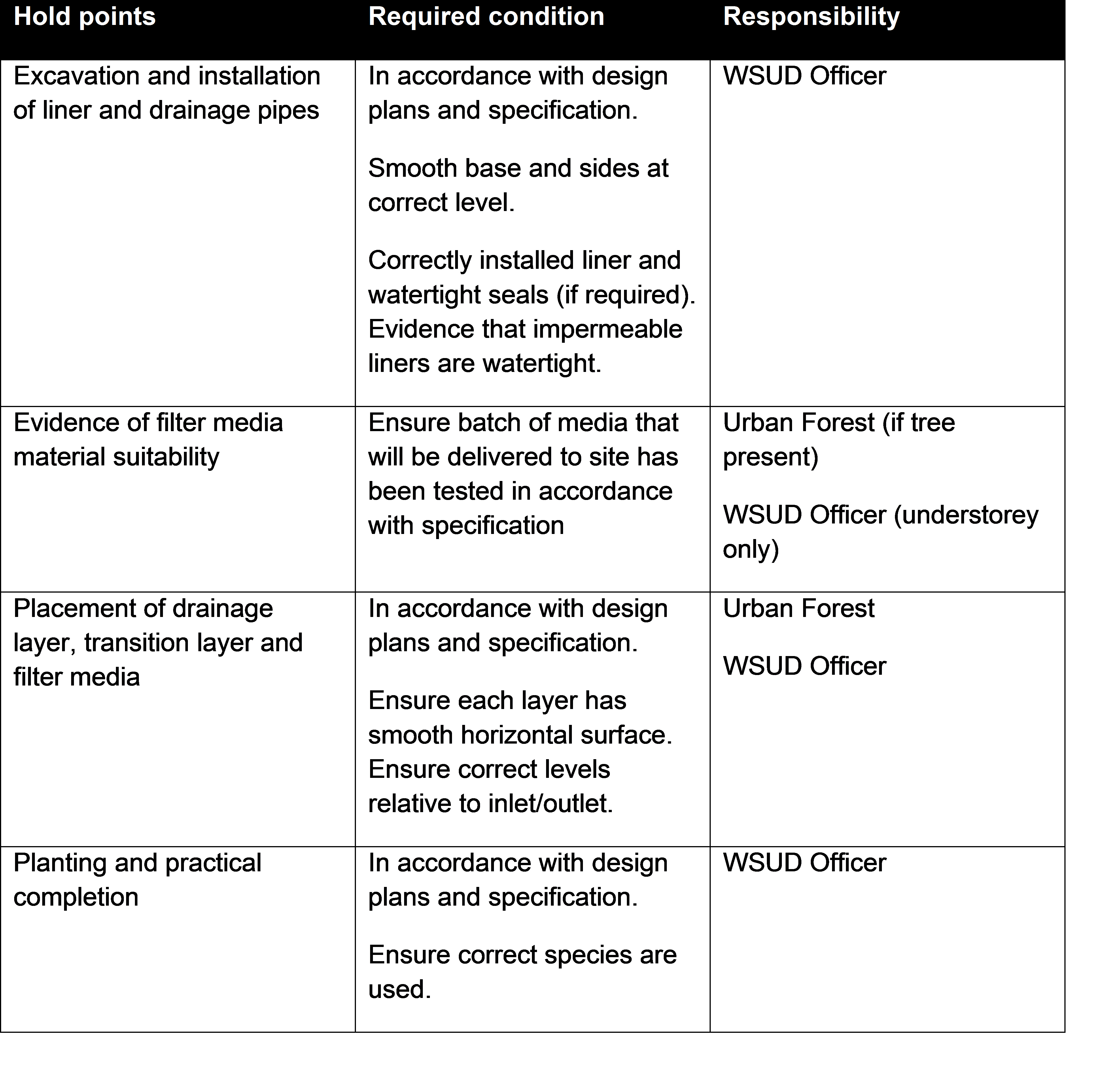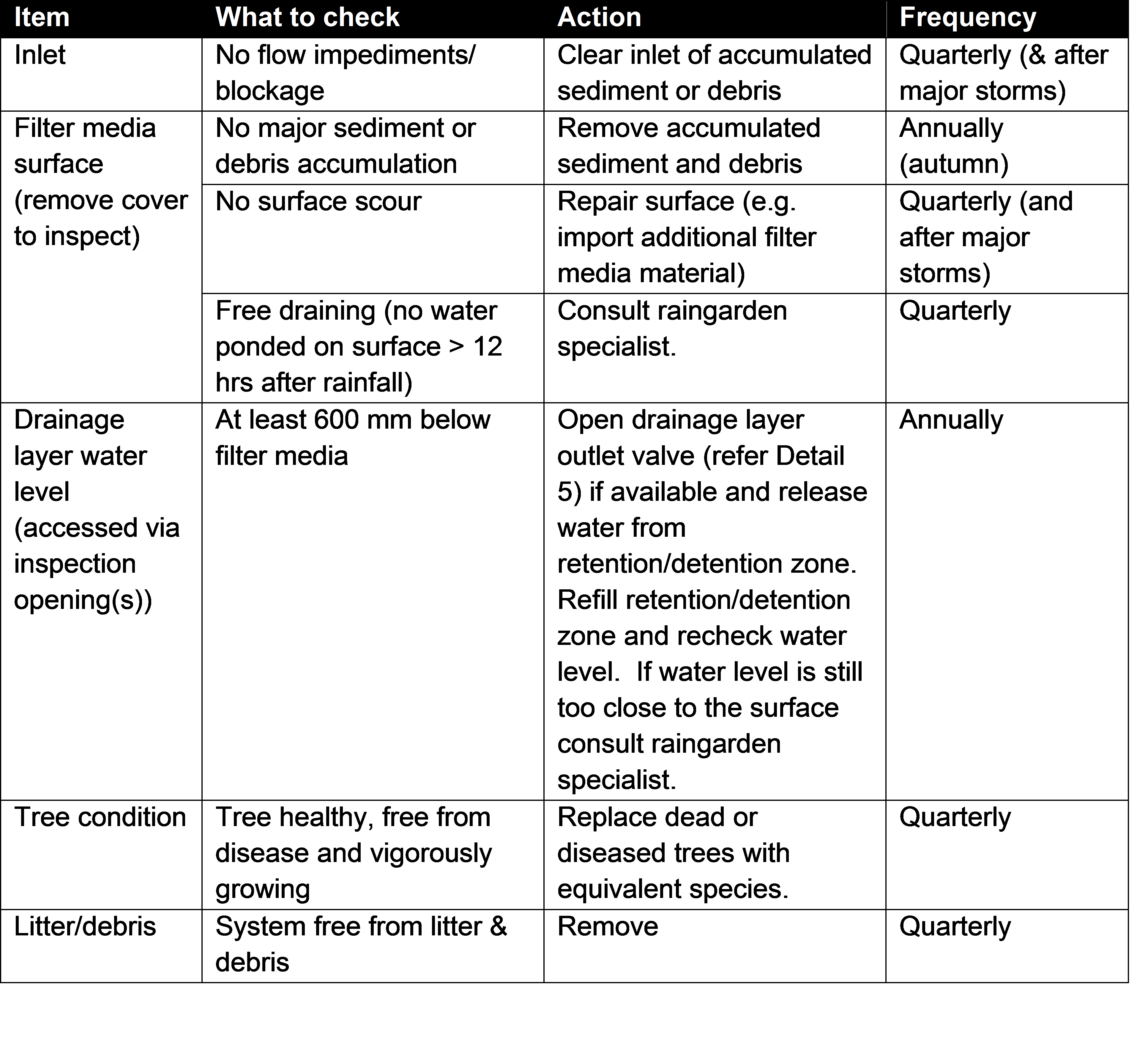Typology 3 – Covered back of kerb raingarden tree pit
Covered back of kerb raingarden tree pits are suitable for heavily used footpaths where there is limited space behind the back of kerb that is not essential for pedestrian movement or other street functions.
The cover above the filter media ensures minimal impact on the width of the footpath available for pedestrians. Stormwater flows from the street gutter through a kerb inlet into a sunken tree pit and percolates through the soil to perforated pipes in the base of the tree pit.
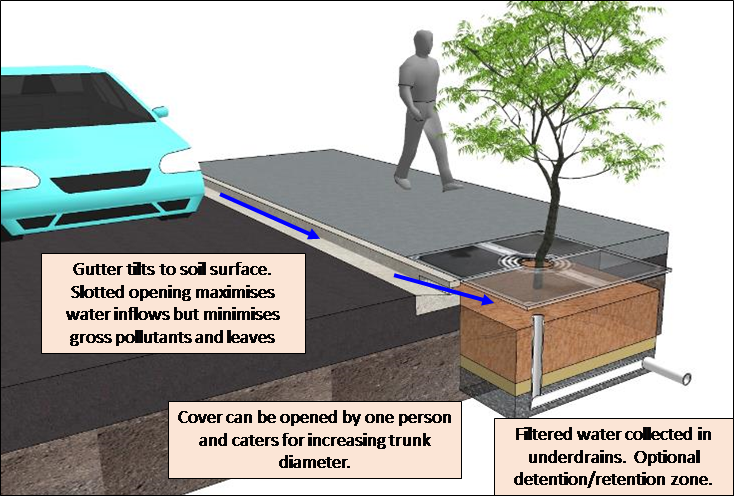
The purpose of this information is to assist you in developing your Blue Green Infrastructure project. Some of the drawings associated with this typology are not yet included in the Engineering Standard Drawings. We are currently identifying sites for potential trials. You will need work with our Infrastructure and Assets team and Urban Forest team to finalise your design and obtain relevant approvals.
- Little Collins Stree tree pits

